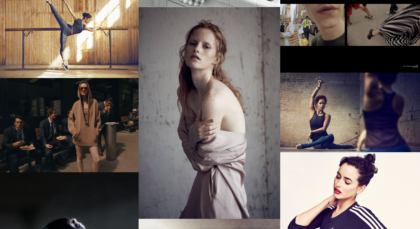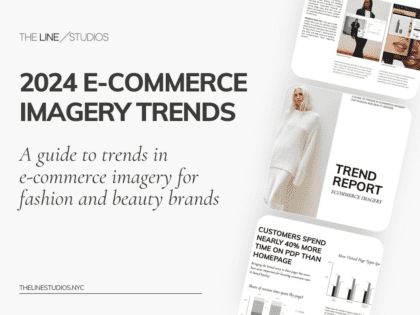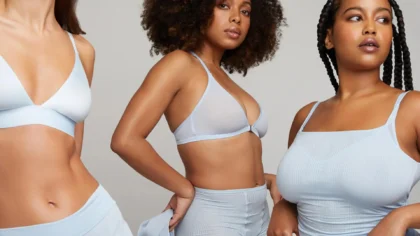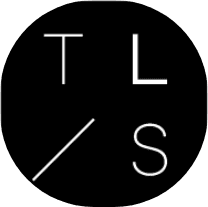As we know: the better the product photography, the better the sales.
Good product photography is about accurately depicting your goods in a way that people can quickly and easily understand – highlighting your best features, and providing visual context to help prospective customers decide if they want to buy, or not. (You can learn more about what kind of product imagery actually sells in a previous post – The Four C’s of Product Photography.)
But, while product shots are functional by design, there is no need for them to be boring in execution.
Brands can – and should – ensure their product photography shares the same personality and uniqueness that they exhibit elsewhere: from their in-store signage to the tone of their social media posts. The customer must feel like they are still enjoying the same brand experience when they’re on your product detail page; or else, they might as well be shopping on Amazon.
“Zarafication” in product photography
A few years ago, Spanish retail giant Zara decided they would do things differently, adding movement and interesting crops to their product pages.
And we are still feeling its ripples of influence in e-commerce today. Brands ranging from Reformation and Merlette to Free People and Loft all incorporate some form of movement or attitude in their product imagery.
Here are a few things that a brand can play with to add a unique feel to their product photography:
- Movement
- Props
- Unique crops
- Background color or texture
- Environment
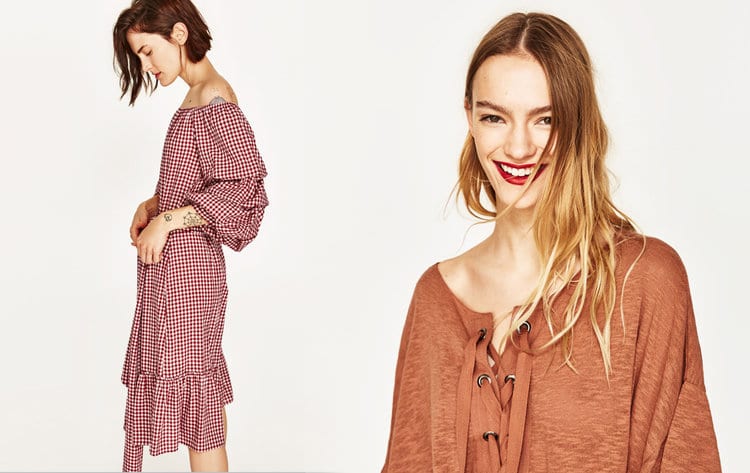
Is Zarafication easy?
Well, it looks simple enough: just have the model move around a bit and snap away, right? Not quite.
In reality, there is a lot of planning that goes into these images before, during, and after the shoot. You need an expert model, a highly skilled photographer, and a detail-oriented art director to add eye-catching variety, but without distracting from the product itself. A customer might be enticed and interested in the unique swing of a dress, but if they can’t decipher the back details or fabric, the dress will never get into the shopping cart. Zara has invested heavily into their photography to achieve this balance between transactional and emotional imagery – and it shows.
That said, it’s no bad thing to have a clear and simple focus on the product imagery.
Straight-forward, to-the-point shots can look beautiful and have personality in their own right. Many high-end designers and sites opt for this approach. Brands like Moda Operandi, Victoria Beckham, and Alexander McQueen. The idea is that the product can speak for itself, with the more editorialized heavy lifting taking place elsewhere on the site – usually on the homepage – where a brand’s personality comes to life.
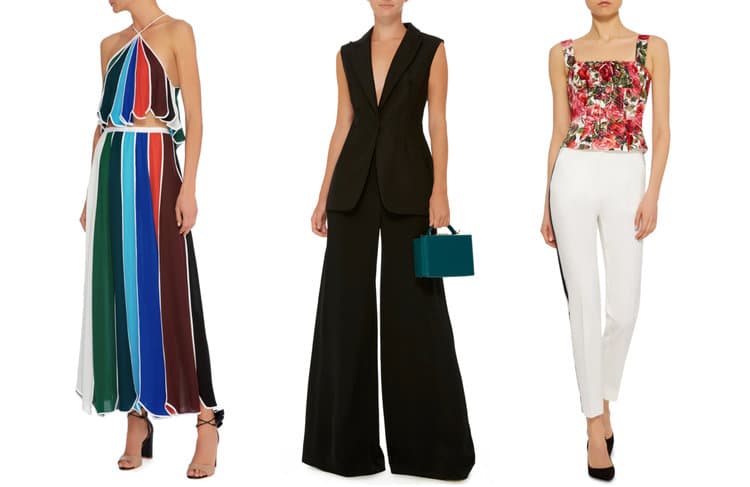
Transactional vs. Emotional
So what type of product photography is right for you? Here are a couple of considerations.
- Budget – a basic rule of thumb is: that the more personality you are trying to inject into a product image, the more expensive it will be. This is because the shot will require more time to prepare, execute, and retouch. And time is money. So if money is tight, then opting for a more straightforward shot will probably be a good idea.
- Brand Experience – where and how you reflect your brand personality could impact your decision on whether or not to add personality to your product imagery. Are there any other locations on the site where your brand’s voice is being brought to life visually? Could editorialized product imagery complement the other brand photography? For example, if your brand is irreverent throughout your site, perhaps it would be good brand sense to make your product shots whimsical and playful too.
- Longevity – Remember, product imagery can be up on the site for a long time. Brands often have to live with creative decisions for 3 months, 6 months, or even a year depending on seasonality. And changing just a small batch of photos can be expensive since you don’t get the efficiencies of a shoot that captures multiple products or views at one time. You also run the risk of the image not feeling cohesive with the rest of the product imagery.
- Consistency – If you’re a retailer with tons of new products and brands launching on-site every week (like Gilt, Macy’s, Target, etc.), then be sure to consider consistency. It might look disjointed to have varied crops and a lot of movement through your sale pages. On the flip side, if you’re a smaller brand and need to shoot in small batches, it might clean things up to maintain an easy-to-execute, consistent way of shooting.
At the end of the day, what Zara is doing is working for them. As a multinational, $10+ billion brand you know they’re pouring over their analytics to be sure of it. And many brands are following their lead. Could it be right for you too? A-B testing two versions of the product imagery before going all-in is always a good way to minimize the risk.
If you have any questions on whether your brand is right for “Zarafication”, or how you might execute either the shoot or the test, please feel free to reach out to us at hello@thelinestudios.nyc.

